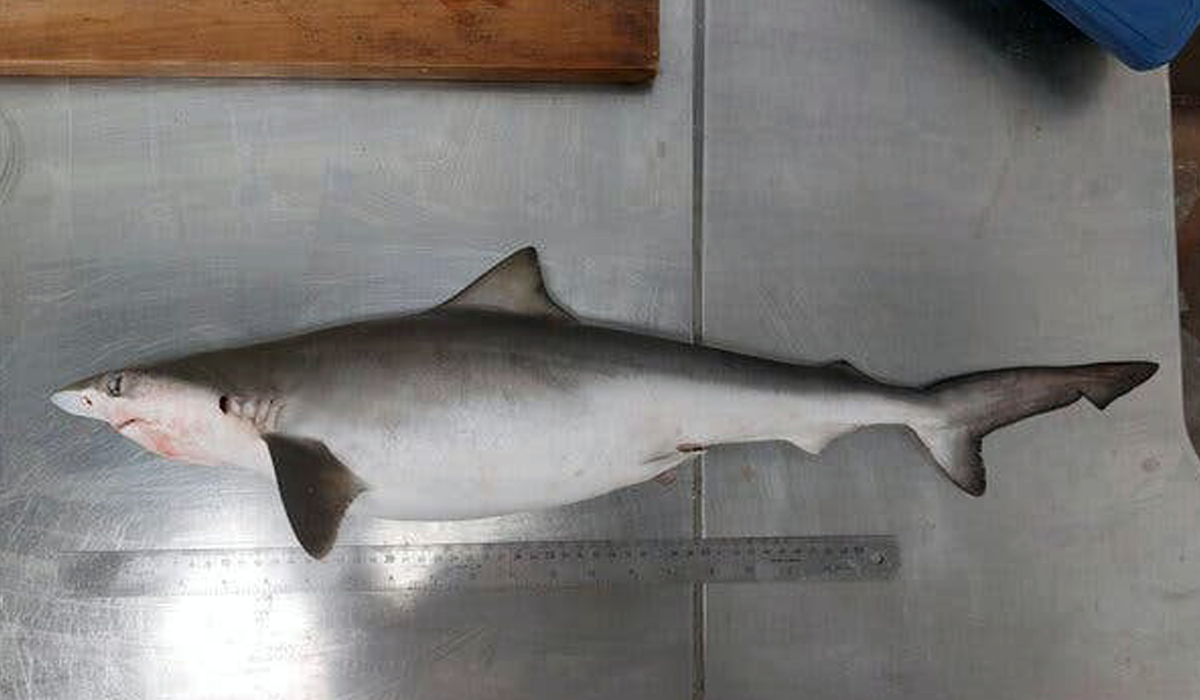In a startling revelation that has captivated scientists and environmentalists alike, recent studies have unveiled the presence of cocaine in shark populations off the coast of Rio de Janeiro, Brazil. This unprecedented finding not only raises questions about the impact of drug pollution on marine life but also highlights the broader environmental consequences of human activities.
According to a study published last week, researchers tested 13 Brazilian sharpnose sharks off the coast of Rio de Janeiro and found that all of them had traces of cocaine in their liver and muscle tissues. The levels of cocaine detected in these sharks were reported to be as much as 100 times higher than those found in previously observed marine life.
How Cocaine Ends Up in Sharks
The presence of cocaine in marine environments can be attributed to several factors. One primary source is the illegal drug trade, where drugs are often disposed of improperly or lost during transit. Drug trafficking routes frequently involve the disposal of contraband and waste into waterways. Additionally, runoff from wastewater treatment plants, which may not fully filter out trace amounts of drugs, can contribute to the contamination of marine ecosystems. This study found that one of the main urban channels associated with the sub-watershed of the Rio de Janeiro coastal area has numerous clandestine sewage disposal ducts established along its banks. According to another study, sewage analyses spanning over 60 million individuals from 37 countries, including the USA, Canada, and several European nations, have consistently revealed the presence of cocaine in aquatic environments.
Meanwhile, global cocaine consumption has increased exponentially in recent decades, as highlighted in the United Nations World Drug Report (UNODC, 2023a). About 22% (4.8 million) of the estimated 22 million cocaine users worldwide reside in South America as of 2021 (UNODC, 2023b), with Brazil emerging as the second-largest consumer market in this region. This underscores cocaine’s substantial global impact as an environmental pollutant, particularly in urban areas of developing nations like Brazil.
Impact on Marine Life
The impact of cocaine on marine life, particularly on animals like sharks, is a growing concern. Cocaine is known to affect the central nervous system and can disrupt normal physiological functions. In sharks, exposure to the drug could potentially alter their behavior, feeding patterns, and overall health. Long-term exposure might impact their reproductive capabilities and survival rates, thereby affecting marine biodiversity. As sharks are at the top of the food chain, any contaminants they ingest could accumulate in their tissues and subsequently be passed on to other marine species and potentially to humans through seafood consumption.
Broader Implications
This case underscores the need for more stringent controls over drug waste disposal and improved wastewater treatment processes to prevent harmful substances from entering marine environments. Environmental scientists and policymakers are now calling for comprehensive studies to assess the full extent of drug contamination in marine ecosystems and its effects on a wider range of species. There is also a push for international cooperation to address the problem at its source—primarily through improved regulation of the drug trade and better waste management practices.








